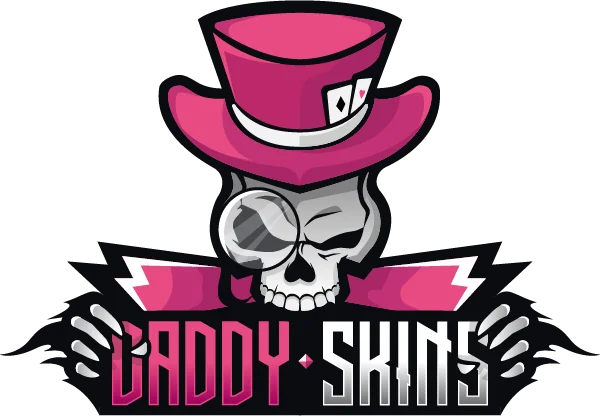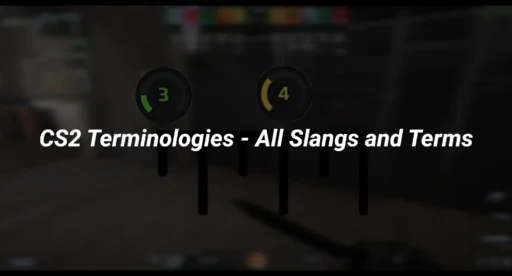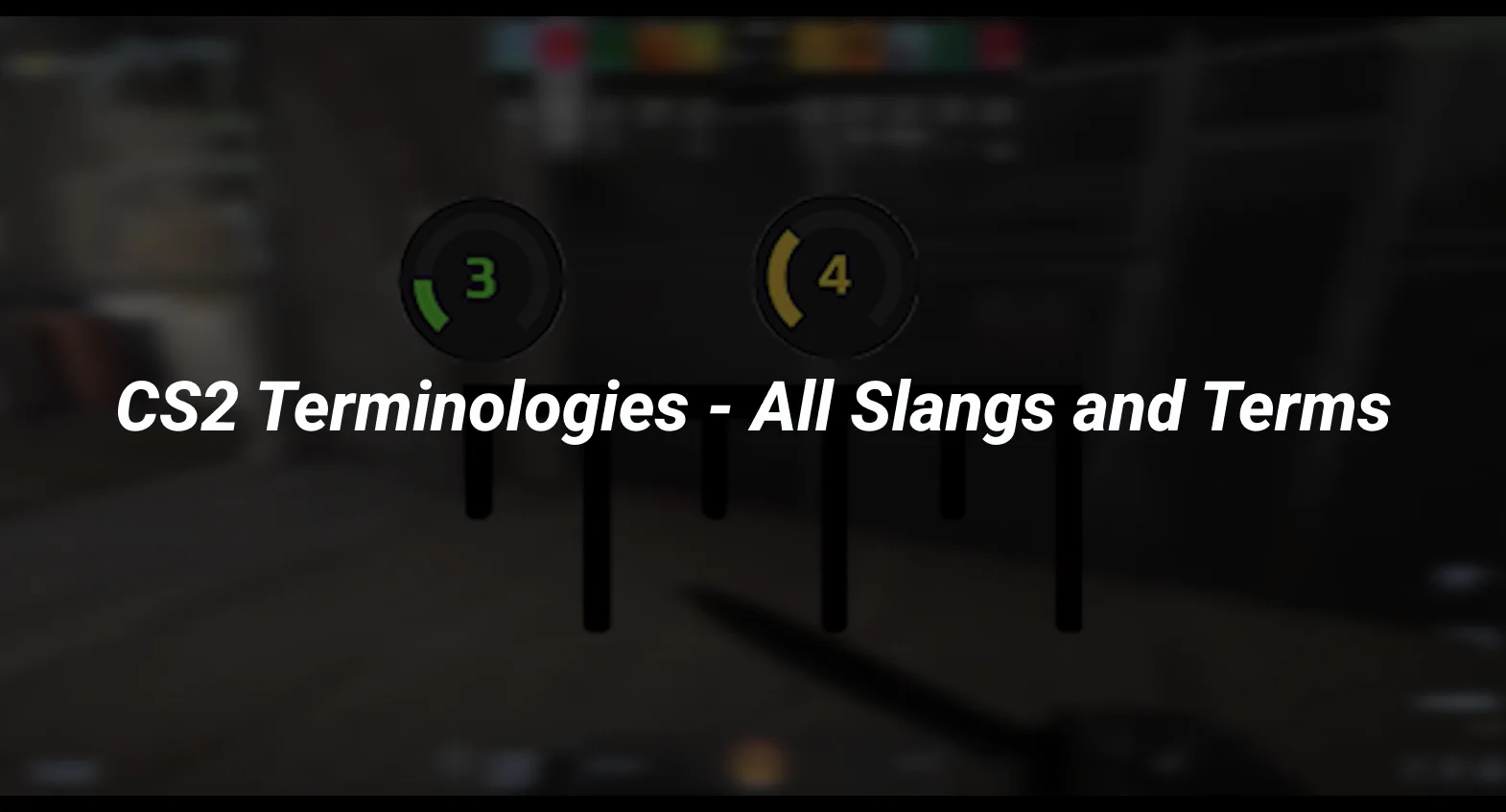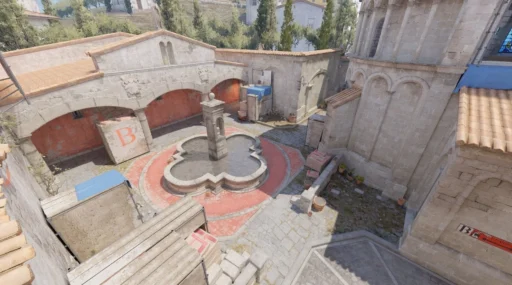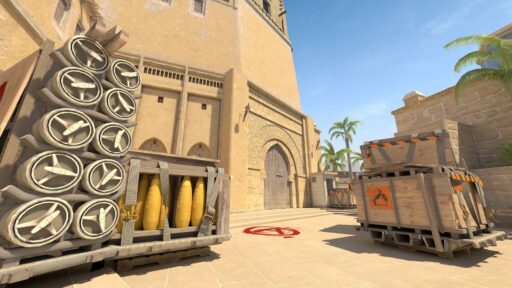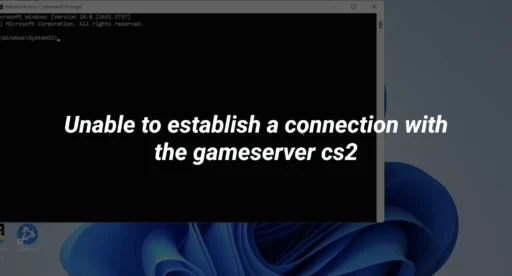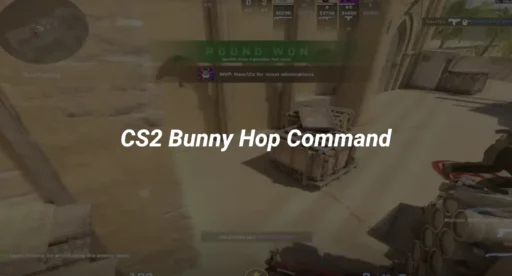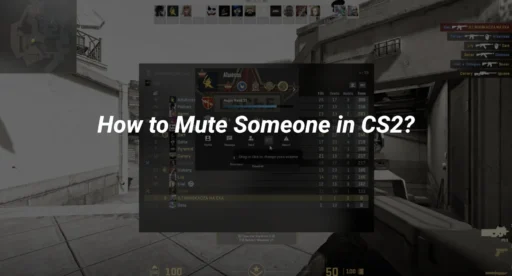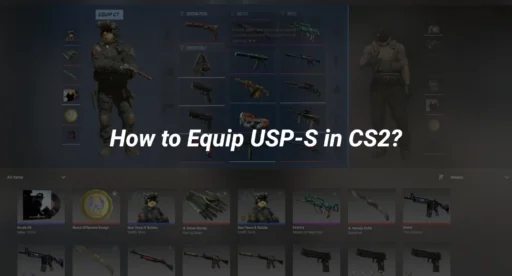Counter-Strike 2 (CS2), the latest iteration of the iconic Counter-Strike series, is a game that thrives on strategy, teamwork, and precision. Whether you’re a seasoned veteran or a newcomer, understanding the unique CSGO terms, CSGO terminology, and CSGO lingo is essential for effective communication and gameplay. This guide will break down everything you need to know about CS2 terminologies, from basic terms to advanced slang, helping you sound like a pro and play like one too.
What Does CSGO Stand For?
CSGO stands for Counter-Strike: Global Offensive, the predecessor to CS2. It’s a first-person shooter game developed by Valve Corporation, where two teams—Terrorists (T) and Counter-Terrorists (CT)—compete to complete objectives like planting or defusing bombs. The game’s competitive nature has given rise to a rich vocabulary of terms and slang, which have carried over into CS2.
Why Learn CS2 Terminologies?
Understanding CSGO terms and CSGO lingo is crucial for:
- Effective Communication: Callouts and strategies rely on precise terminology.
- Improved Gameplay: Knowing terms like “eco round” or “clutch” helps you make better decisions.
- Community Integration: Whether you’re watching pro matches or chatting with teammates, speaking the language of CS2 makes you part of the community.
Essential CS2 Terminologies
1. Basic Gameplay Terms
- Ace: When a single player eliminates all five enemies in one round37.
- Bomb (C4): The explosive device Terrorists must plant, and Counter-Terrorists must defuse36.
- Clutch: Winning a round when heavily outnumbered, often in a 1vX situation312.
- Eco Round: A round where a team saves money by buying minimal equipment612.
- Force Buy: Spending all available money on weapons and armor, even if it’s not a full buy612.
2. Team Roles and Strategies
- Entry Fragger: The first player to engage enemies, creating openings for the team714.
- Lurker: A player who flanks or ambushes enemies by staying hidden37.
- IGL (In-Game Leader): The shot-caller who decides team strategies712.
- Rush: A fast, aggressive push to a bombsite to overwhelm enemies614.
- Split Push: Attacking a bombsite from multiple angles to confuse defenders12.
3. Weapon and Equipment Terms
- AWP: A powerful sniper rifle, also known as the “Big Green”36.
- Deagle: Short for Desert Eagle, a high-damage pistol36.
- Utility: Collective term for grenades like flashbangs, smokes, and Molotovs67.
- Spray: Firing continuously, often leading to increased recoil1214.
- Wallbang: Shooting through walls to hit enemies312.
4. Movement and Techniques
- Bunny Hop: A movement technique to traverse the map faster by timing jumps37.
- Boost: Using a teammate to reach higher vantage points314.
- Jiggle Peek: Quickly peeking around corners to gather information37.
- Stutter Step: Moving side-to-side to minimize inaccuracy while shooting6.
5. Community and Banter
- GG (Good Game): A polite way to end a match36.
- Smurf: An experienced player using a low-ranked account to play against beginners67.
- Tilt: Frustration leading to poor performance614.
- Rekt: Slang for being completely dominated by an opponent614.
Advanced CS2 Slang
1. Tactical Terms
- Fake: Pretending to attack one bombsite to draw enemies away from the real target612.
- Ninja Defuse: Stealthily defusing the bomb without enemies noticing312.
- Prefire: Shooting at common enemy positions before seeing them1214.
2. Map-Specific Callouts
- Banana: A curved pathway on the Inferno map36.
- Heaven: A high vantage point overlooking a bombsite67.
- Mid: The central area of most maps67.
3. Economy and Round Types
- Buy Round: A round where the team has enough money for full equipment36.
- Save Round: Avoiding combat to preserve weapons for the next round612.
- Anti-Eco: A strategy to counter an enemy team’s eco round37.
Tips for Mastering CS2 Terminologies
- Practice Callouts: Use map-specific terms like “Long A” or “B Tunnels” to communicate effectively.
- Watch Pro Matches: Observing professional players can help you understand advanced strategies and terms.
- Play with a Team: Regular communication with teammates will reinforce your understanding of CSGO lingo.
- Use the Glossary: Refer to this guide or other resources like CS2 Ranks and CS2 Tick Rate for deeper insights.
Conclusion
Mastering CSGO terms and CSGO terminology is a game-changer for any CS2 player. It not only enhances your communication but also deepens your understanding of the game’s mechanics and strategies. Whether you’re learning the basics like “Ace” and “Clutch” or diving into advanced tactics like “Split Push” and “Prefire,” this guide has you covered.
For more in-depth guides, check out our articles on How to Unlock Premier CS2 and CS2 Rubberbanding. Happy gaming, and may your headshots always be on point!
By incorporating these terms into your gameplay and communication, you’ll not only improve your performance but also become a more valuable teammate. Dive into the world of CS2 with confidence, and remember—every pro was once a beginner!
